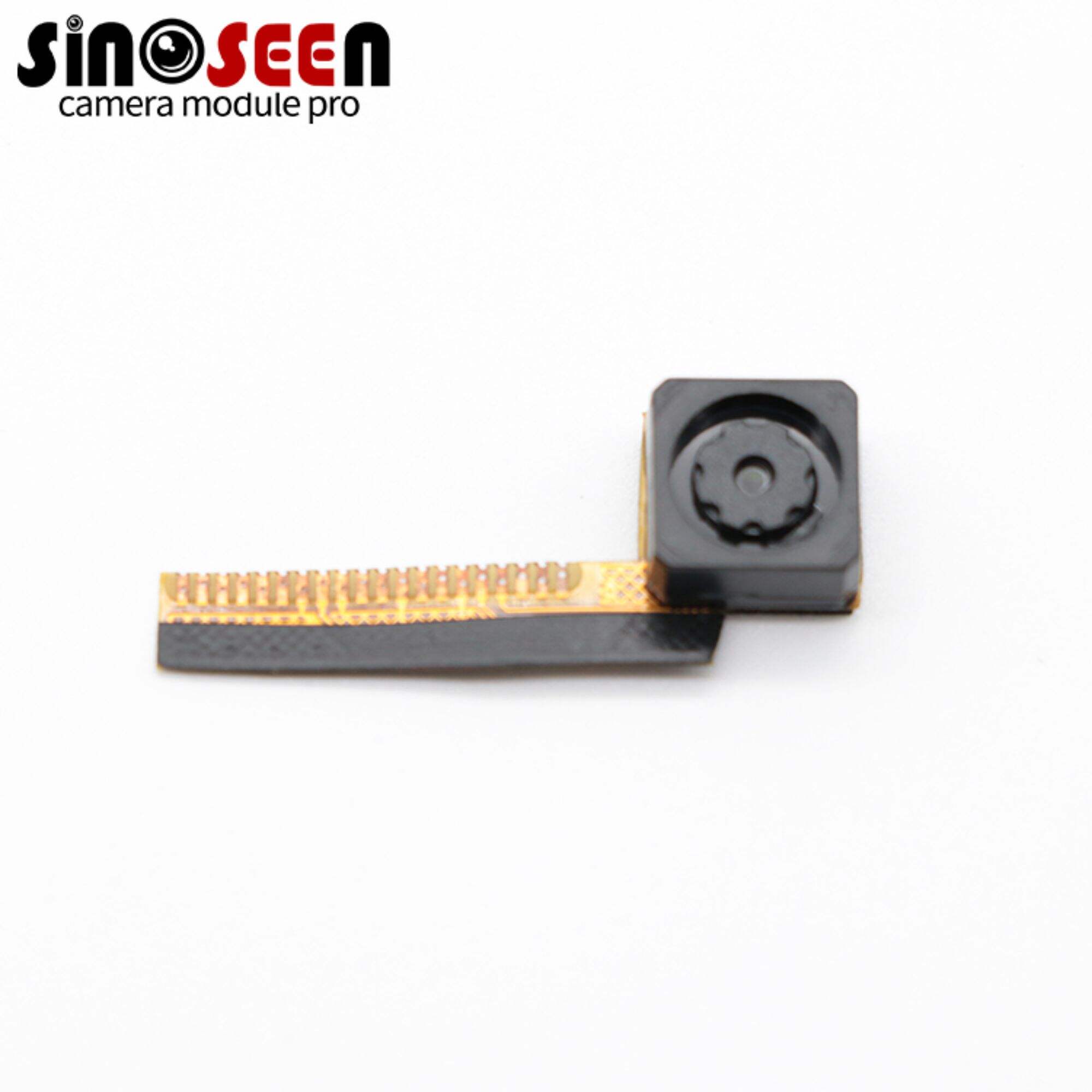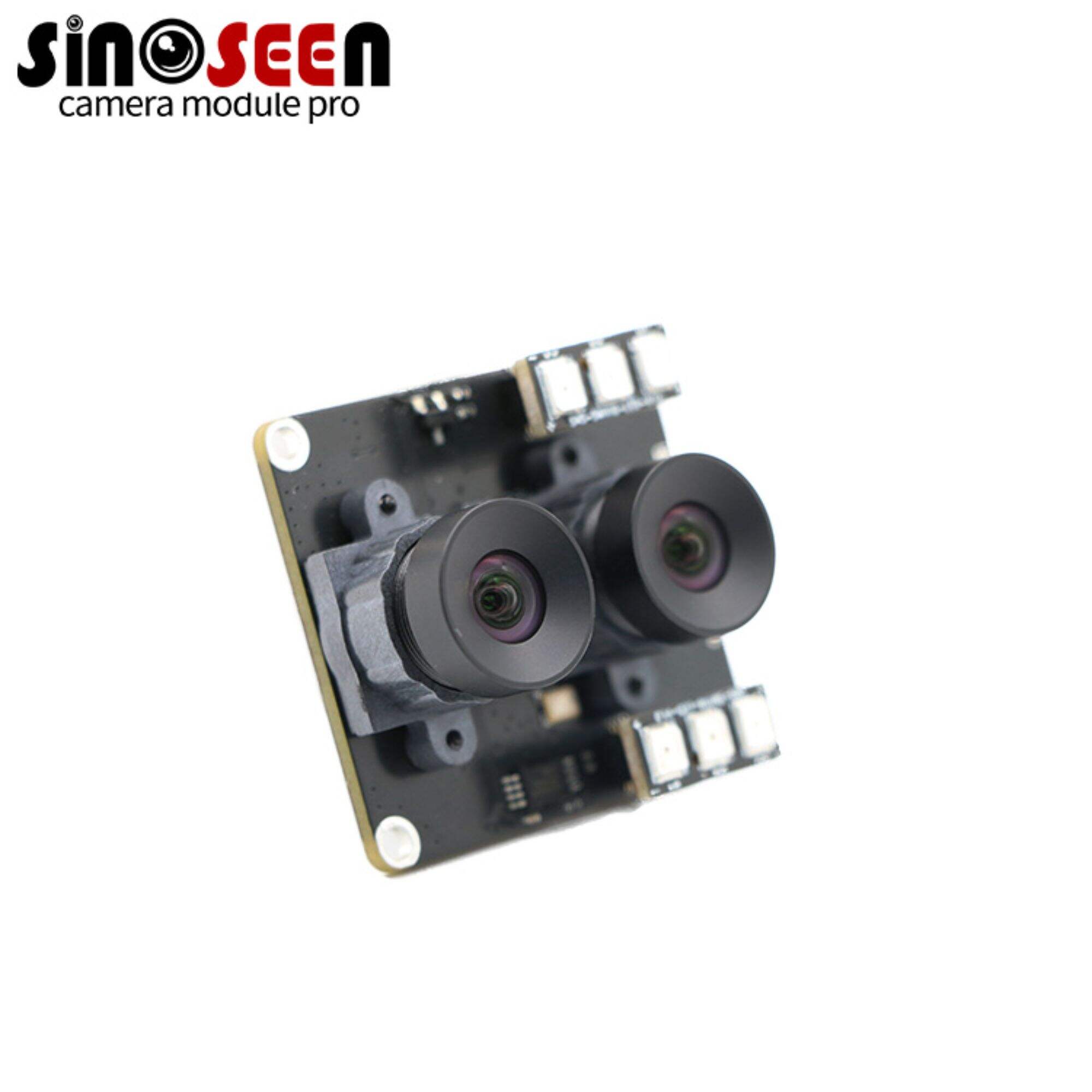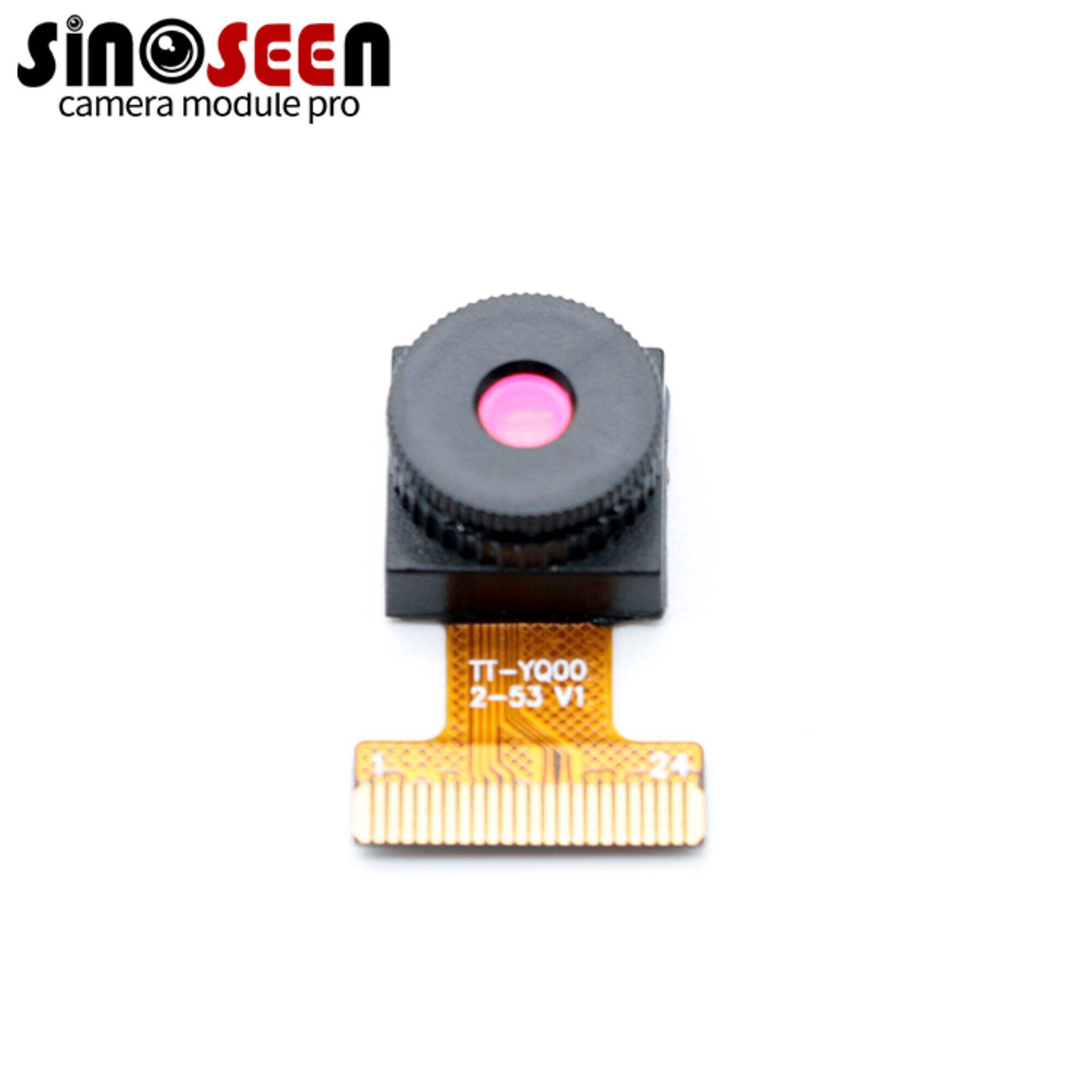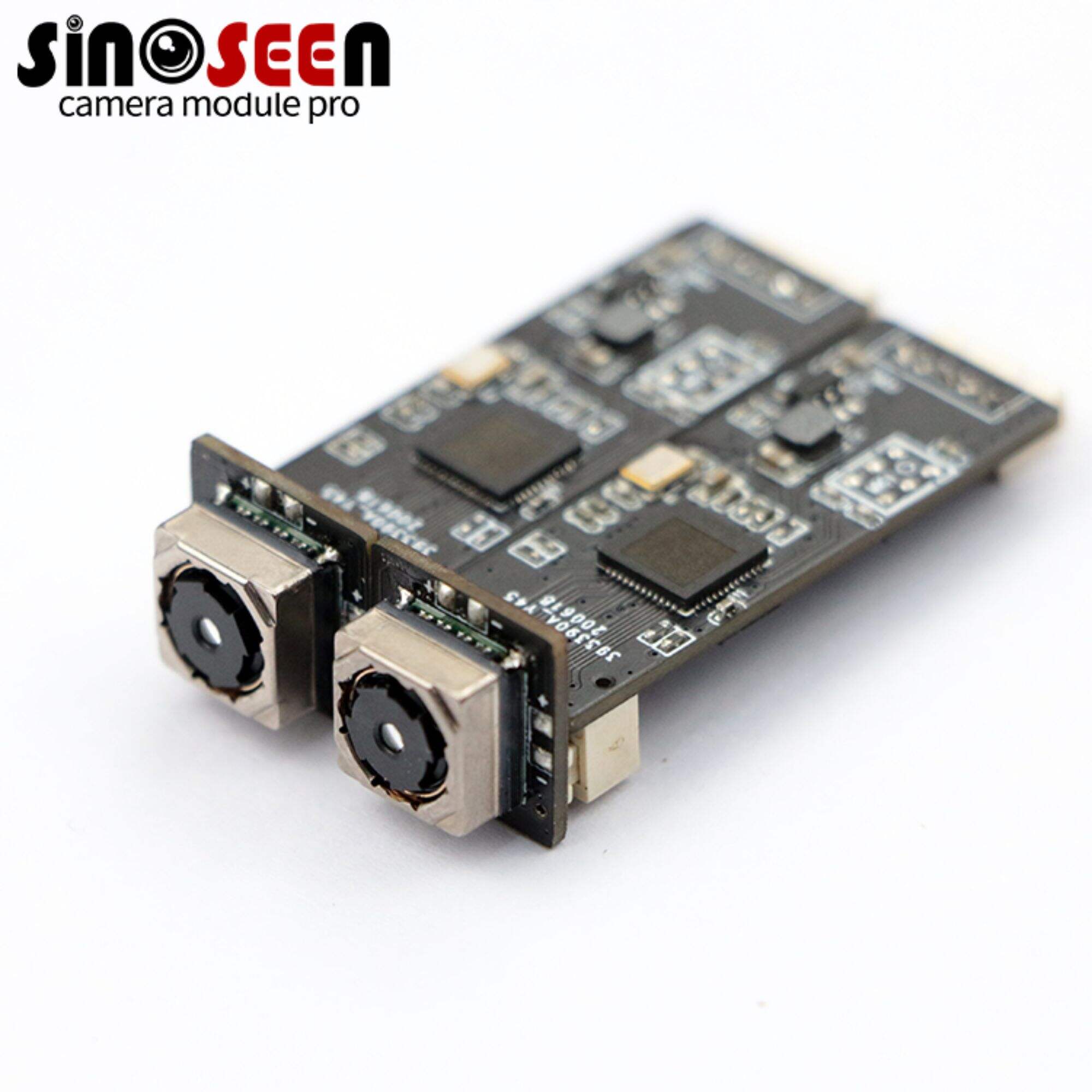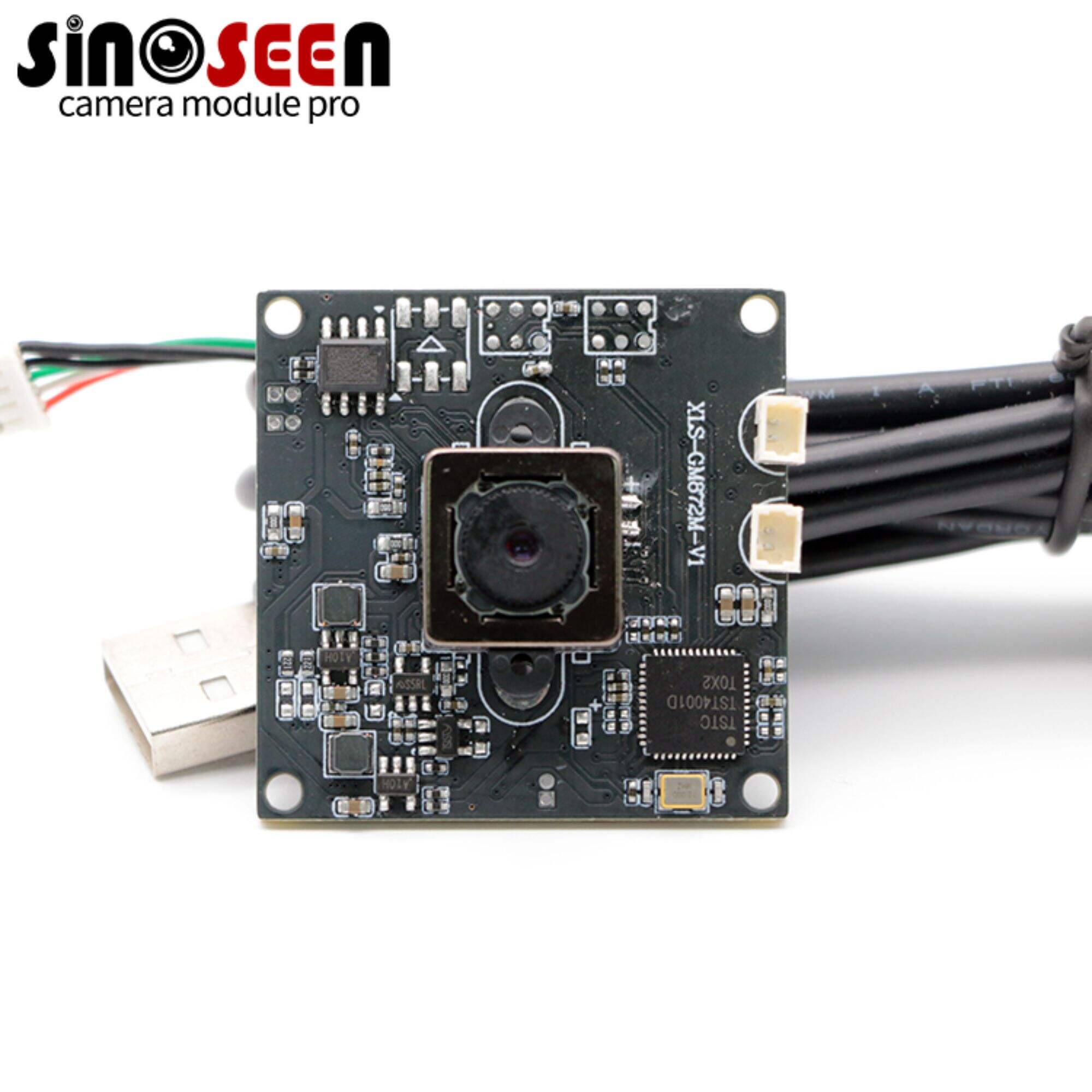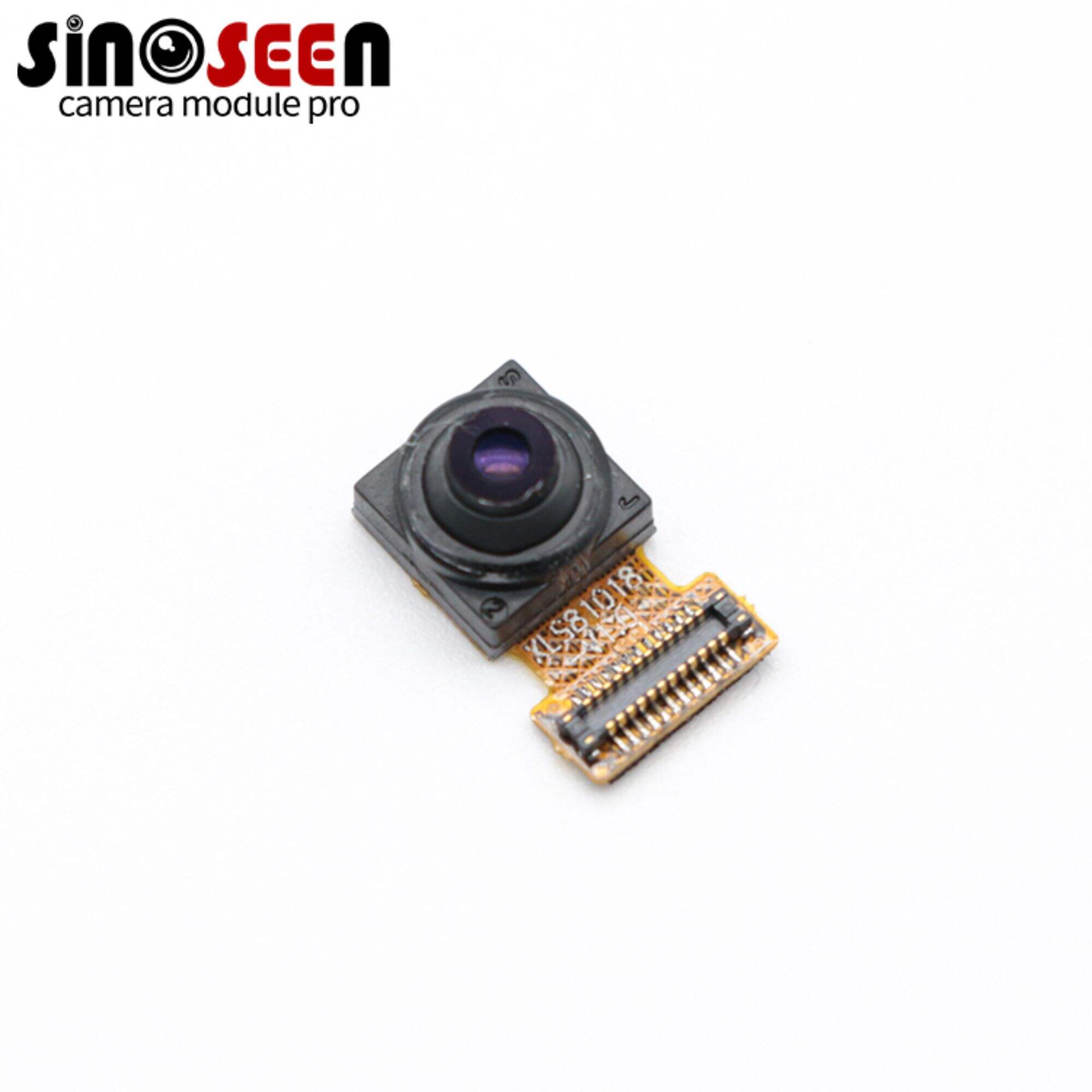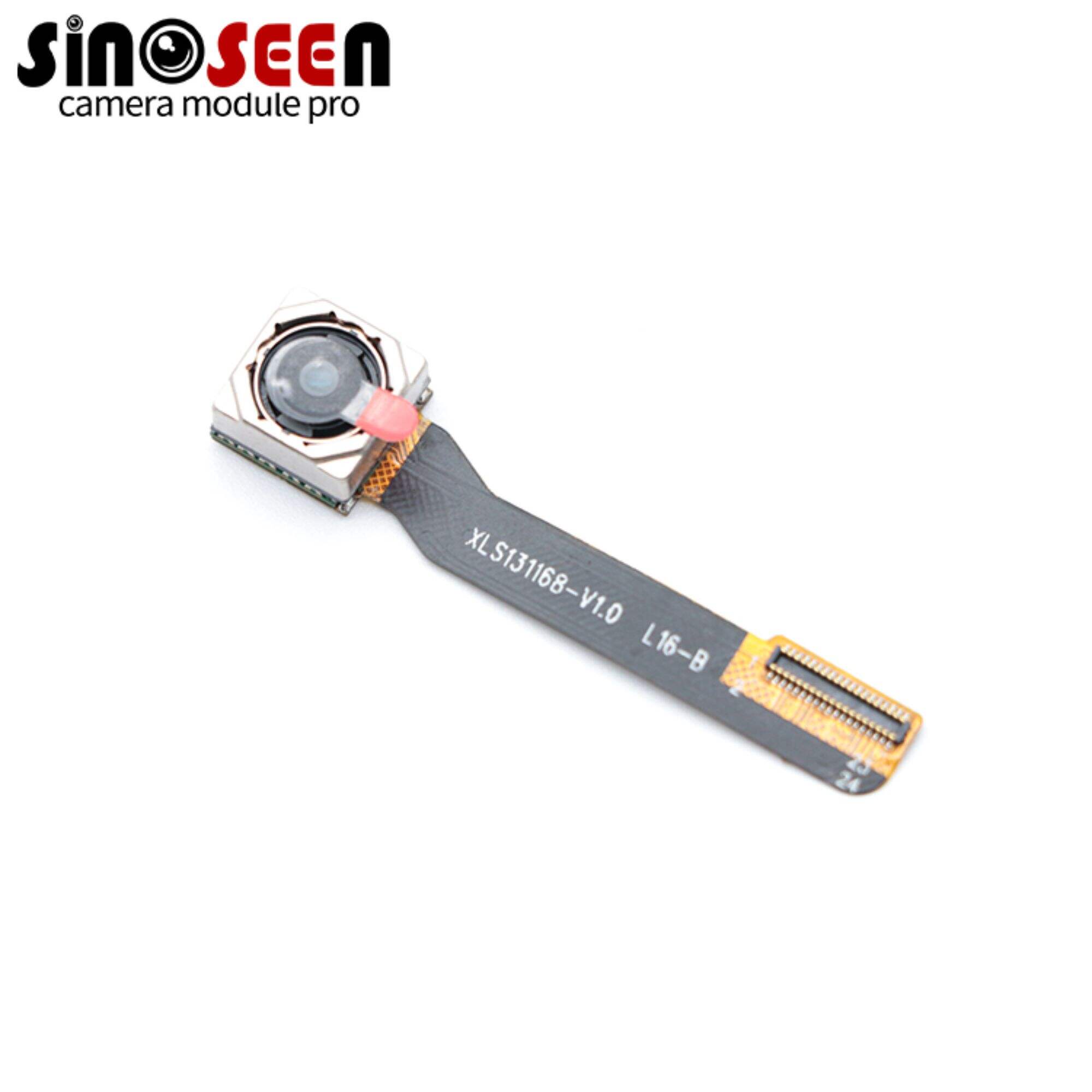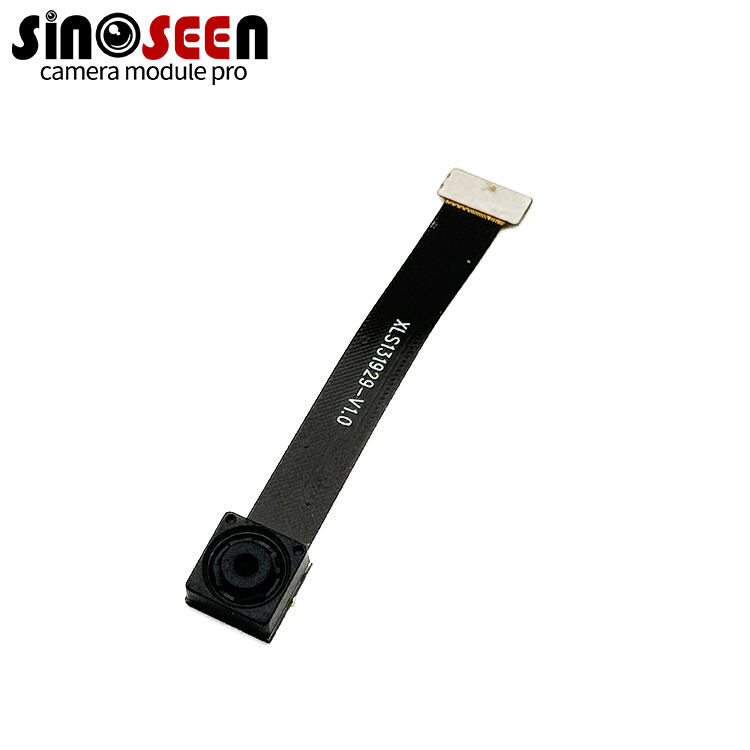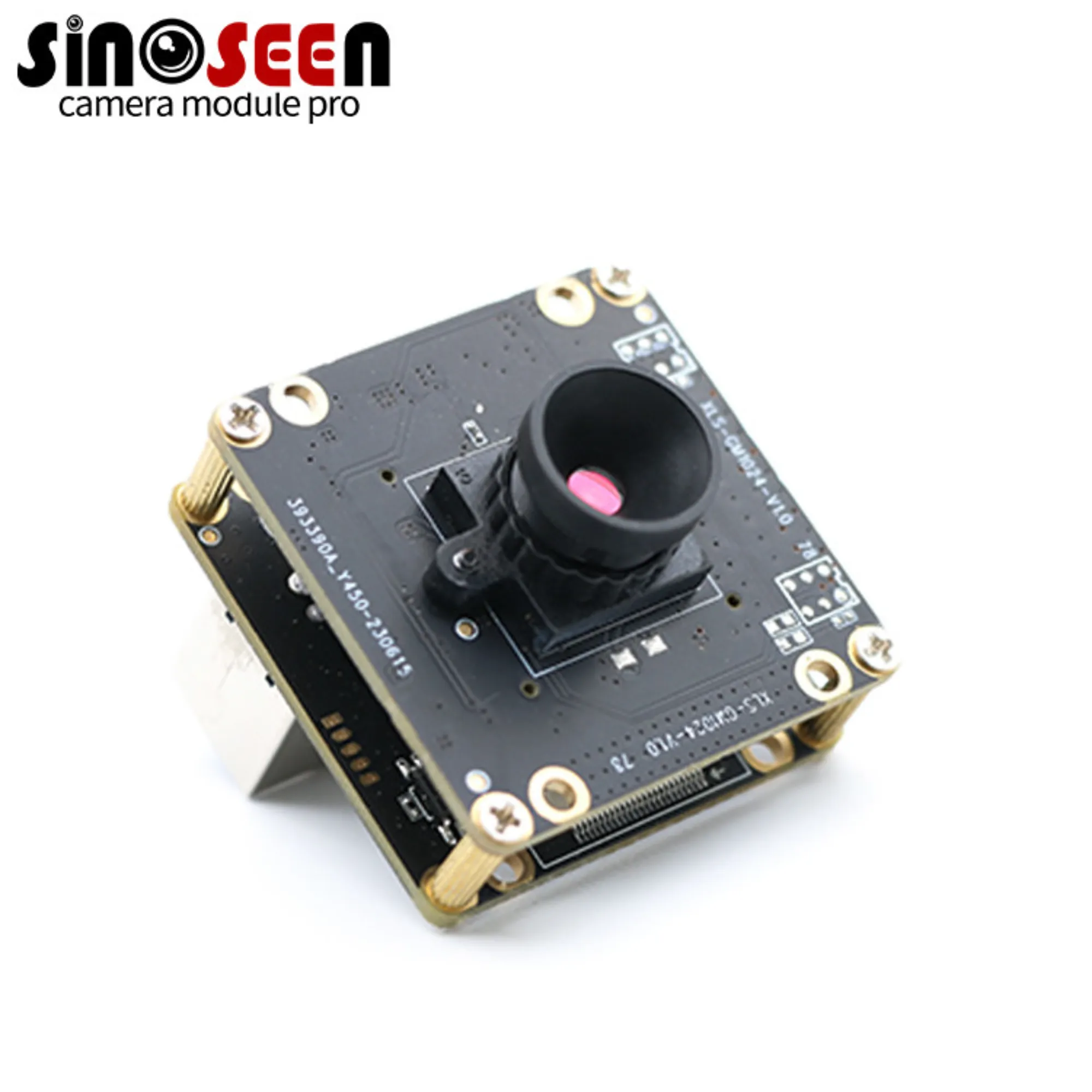Optical vs. Digital Zoom: Which One You Choose?
A camera's zoom feature is essential when photographing distant objects or objects in sharp detail. The two main types of zoom that are often mentioned are optical zoom and digital zoom. However, I'm sure you've all considered the question before choosing a zoom type - is it better to have an optical zoom or a digital zoom? In this article, we will delve into the differences as well as the pros and cons of the two, and then determine which optical or digital zoom is right for your needs.
What is optical zoom?
Optical zoom is a traditional physical zoom method that adjusts the camera's focal length by moving different lens elements of the camera to bring the subject closer to the sensor while maintaining image quality. And it is for this reason that we need to move the lens when using an optical zoom camera. It is important to note that not all lenses are compatible with optical zoom cameras, and using the wrong lens can result in reduced contrast or blurred images.
Optical zoom provides true magnification by pulling the subject closer to the camera and its zoom always maintains the same image resolution. The lens is physically adjusted to optically change the magnification, ensuring that no detail or sharpness is lost in the captured image. Optical zoom does not rely on digital aberrations, for example, in order to appear to avoid problems such as pixelation or reduced sharpness of the image.
In addition, optical zoom capability is generally expressed through numerical ratios, such as 2x, 5x, 10x, etc. The newly released IPhone 15 pro max uses a new telephoto lens that supports 5x optical zoom and 25x digital zoom.
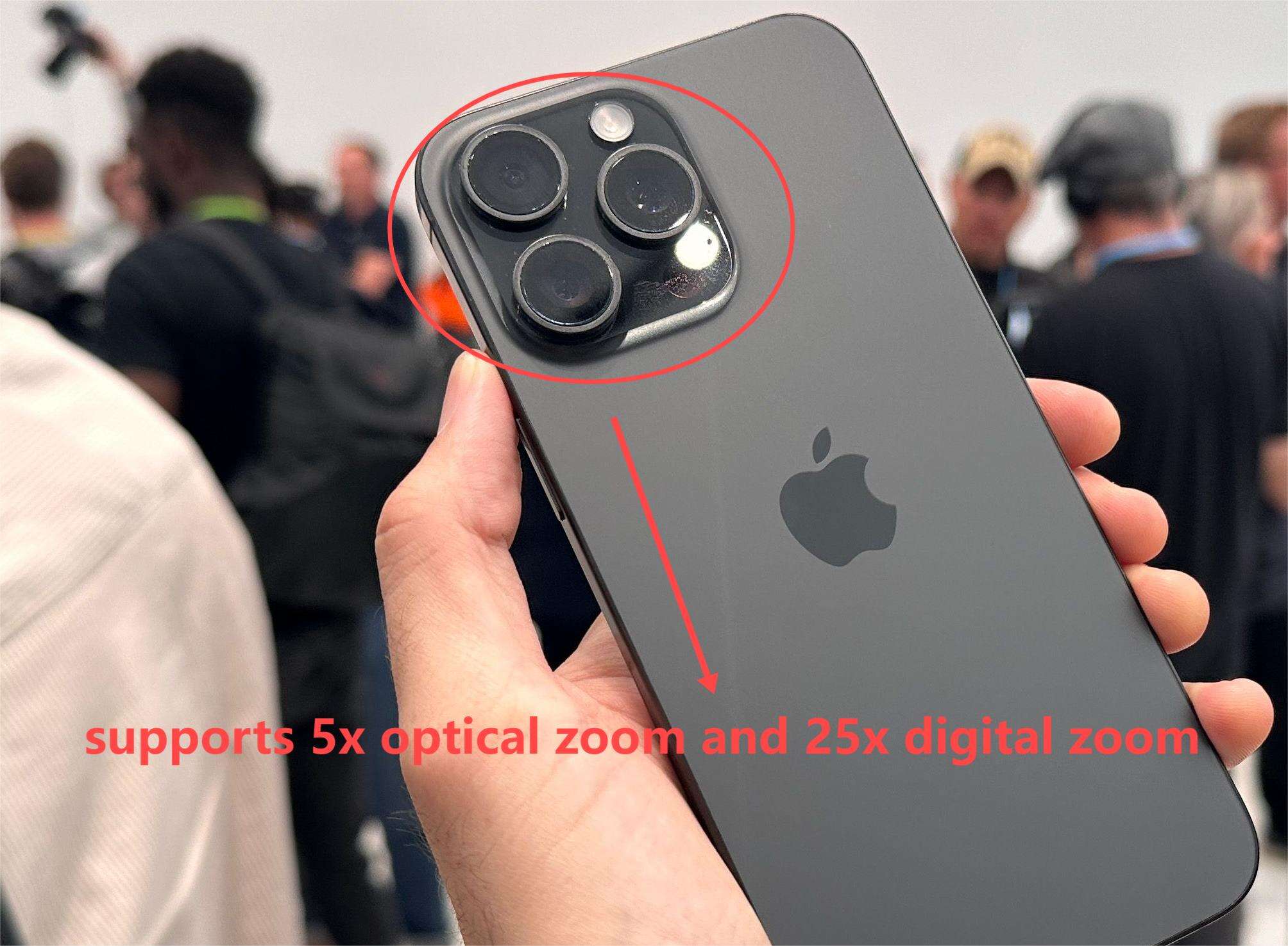
What is digital zoom?
Unlike optical zoom, digital zoom is a software-based zoom feature. Its enlarges a small area of an existing image by cropping, and then enlarges that portion to the camera's megapixels or tens of megapixels, and does not involve any physical movement of the lens. Because the image is enlarged digitally, this enlargement doesn't really enlarge or increase the resolution.
It is worth noting that digital zoom needs to provide the same level of detail as optical zoom. While we feel that objects are closer to us with digital zoom, the trade-off is that the quality of the image is degraded, especially if it is beyond the capabilities of the optical zoom, which can result in pixelation and a loss of sharpness in the image.
To counteract this, cameras often use digital aberration to fill in the pixel gaps, even if this makes the image pixelated and less sharp. The biggest zoom known in the smartphone space today would be the Huawei Pura70, which supports up to 5x optical zoom and 100x digital zoom.
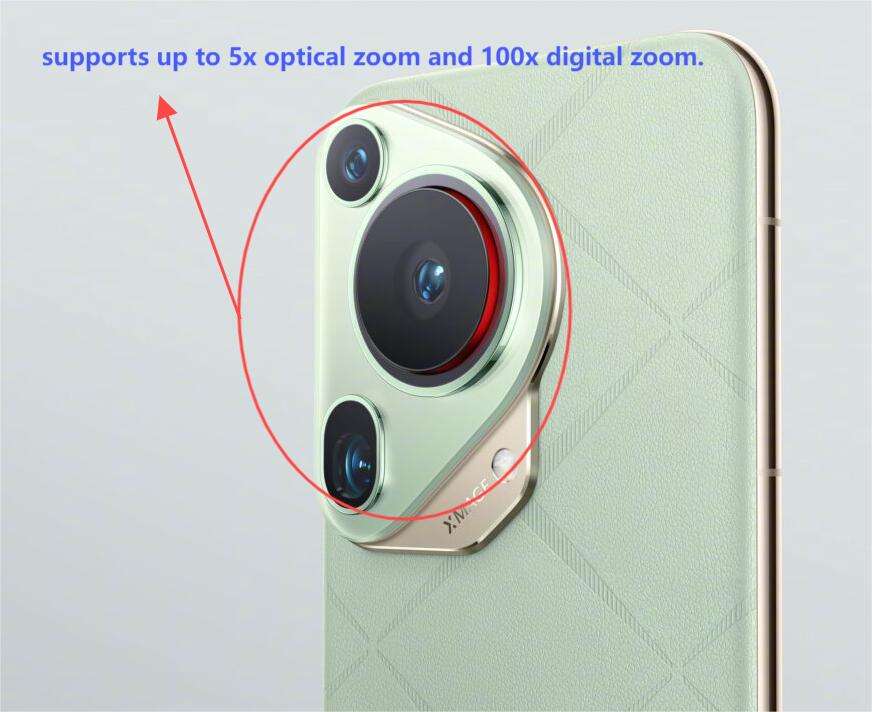
Pros and Cons of Optical vs. Digital Zoom
We have already understood the basic concepts of optical zoom and digital zoom and their principles, let's take a closer look at their respective advantages and disadvantages.
Pros and Cons of Optical Zoom
The Upside of Optical Zoom:
- Conserved image quality: This type of zoom saves the original clarity of a picture when changing distance by changing lens components instead of applying software.
- True magnification: This means you get to have a genuine magnification where you can bring far off subjects closer without compromising their sharpness or introducing pixelation.
- Better detail capture: optical zoom brings more details without any digital interpolation hence the photographs are sharper and clearer.
- Suited for professionals: For the field of photography and videography, optical zoom is the preferred choice because it is important to maintain high quality images.
The Other Side of Optical Zoom:
- Bulkier Shape: Because the lenses of optical zoom devices are removable and replaceable, this results in these devices being generally larger and very inconvenient to carry.
- Price: Devices with higher magnification or advanced lens technology are usually expensive.
Pros and Cons of Digital Zoom
Advantages of digital zoom:
- Convenience and accessibility: Digital zoom is often more convenient, especially on devices where space is limited and there is no way to install a complex zoom mechanism.
- Compact design: Compared to optical zoom, digital zoom does not require additional mechanical parts for optical zoom and does not require a lot of space.
- Cost-effective: Devices with digital zoom tend to be more cost-effective than those with optical ones, which makes them available to a wider range of users.
Drawbacks of digital zoom:
- Loss of image quality: The main disadvantage associated with digital zoom is the possibility of losing the picture’s quality. It can lead to pixelation, loss of sharpness and overall degradation when images are digitally enlarged.
- No true magnification: Unlike optical zoom that involves actual lens adjustments, digital zoom does not provide any real magnification.
- Interpolation artifacts: In most cases, interpolation is used by the camera’s software to fill in pixels missing from an enlarged image. This results in artifacts or unnatural appearance in the perceived enlargement.
- Inferior performance in low light conditions,poor noise reduction: When enlarging an image under low-light conditions, the image clarity may be greatly reduced, and at the same time, too much noise will be enlarged, thus reducing the clarity of the image.
- Less suitable for professional use: Digital zooms are generally not well suited for professional photographers or videographers for whom image quality is paramount.
The main difference between optical zoom and digital zoom?
Simply put, the main difference between optical and digital zoom is the way they zoom in and out of an image. Optical zoom physically adjusts the lens to bring objects closer together to achieve true magnification, while digital zoom uses software to magnify the pixel size of localized portions of the image to achieve magnification. As a result, there is a greater risk of image quality degradation when using digital zoom; whereas with optical zoom, an unsuitable lens can lead to image anomalies.
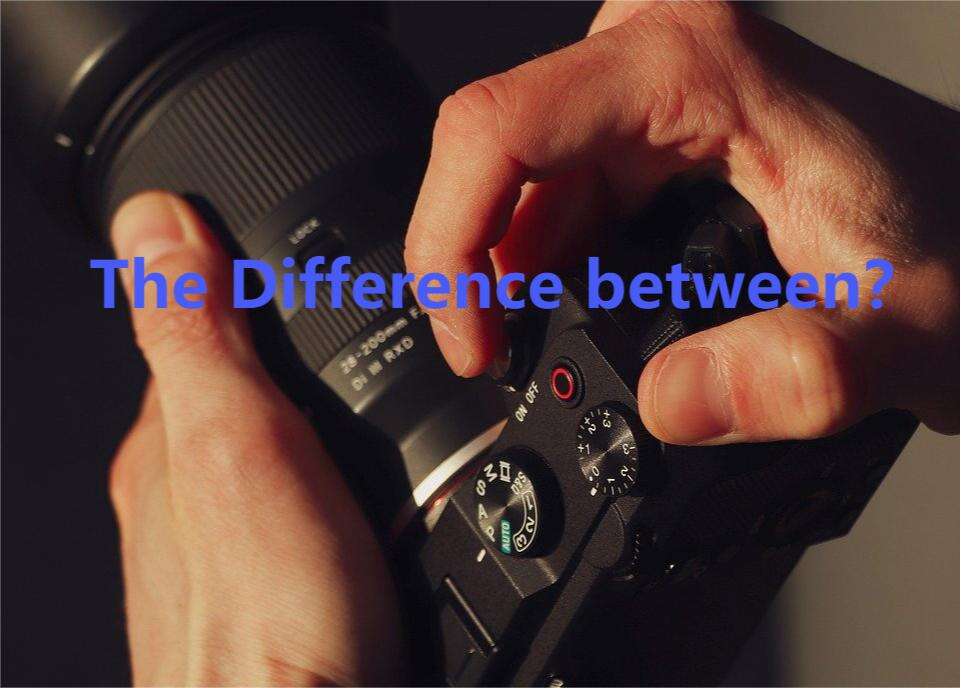
Optical or digital zoom: which is better? How to choose?
Optical zoom is undoubtedly better than digital zoom in terms of performance and image quality alone, but we have to consider the specific use case and personal needs when making the choice.
If you are a professional photographer who needs to take high-resolution, high-quality pictures, then an optical zoom camera is your unquestionable first choice. Because optical zoom no matter how many times you zoom in, capturing the same resolution of the really enlarged image, which is very important for photographers who need to shoot landscapes from a distance or keep portraits undistorted.
On the contrary, if we are just shooting on a daily basis, then the portability of the camera is especially important. Digital zoom doesn't require the same complex optics as optical zoom, and how much you can zoom in depends entirely on the camera's megapixels, the number of pixels that make up an image and define its resolution. For everyday social sharing, it's perfectly adequate. And as technology has evolved, there has been a gradual iteration of Smart Zoom, an optimized solution for digital zoom that provides higher quality images while zooming in. This is very useful when we want to capture moving objects or fleeting images.
In summary, digital zoom and optical zoom are two different image magnification schemes. Digital zoom is a software-based approach that digitally enlarges an image, while optical zoom is a hardware-based process that adjusts the focal length of the lens to bring the subject optically closer. When choosing between the two, consider your intended use, desired image quality, and budget. If you prioritize convenience and cost-effectiveness, a digital zoom may be more appropriate. However, if image quality and versatility are important to you, an optical zoom is the better choice. Ultimately, understanding the differences between digital and optical zoom will help you make an informed decision and capture the best images possible.
Frequently Asked Questions (FAQ)
Q1:Can I use a combination of digital and optical zoom?
A1:Yes, many cameras offer a combination of digital and optical zoom. Usually, the camera will first utilize the optical zoom function of the lens, and then apply the digital zoom after reaching the optical zoom limit. This allows for a higher overall zoom ratio, but once the digital zoom is enabled, the image quality deteriorates.
Q2: Does using digital zoom affect image quality?
A2: Yes, the use of digital zoom results in a decrease in image quality and resolution, especially when zoomed in. The larger the digital zoom, the more pixelation and detail is lost.
Q3: Are optical zoom cameras more expensive than digital zoom cameras?
A3: Yes, optical zoom cameras tend to be more expensive because the lens system is more complex and the image quality is higher.
Q4: Which zoom is better for professional photography?
A4: Optical zoom is usually the preferred choice for professional photography because it maintains image quality, captures fine details and offers wider zoom capabilities.

 EN
EN
 AR
AR
 DA
DA
 NL
NL
 FI
FI
 FR
FR
 DE
DE
 EL
EL
 HI
HI
 IT
IT
 JA
JA
 KO
KO
 NO
NO
 PL
PL
 PT
PT
 RO
RO
 RU
RU
 ES
ES
 SV
SV
 TL
TL
 IW
IW
 ID
ID
 SR
SR
 VI
VI
 HU
HU
 TH
TH
 TR
TR
 FA
FA
 MS
MS
 IS
IS
 AZ
AZ
 UR
UR
 BN
BN
 HA
HA
 LO
LO
 MR
MR
 MN
MN
 PA
PA
 MY
MY
 SD
SD

